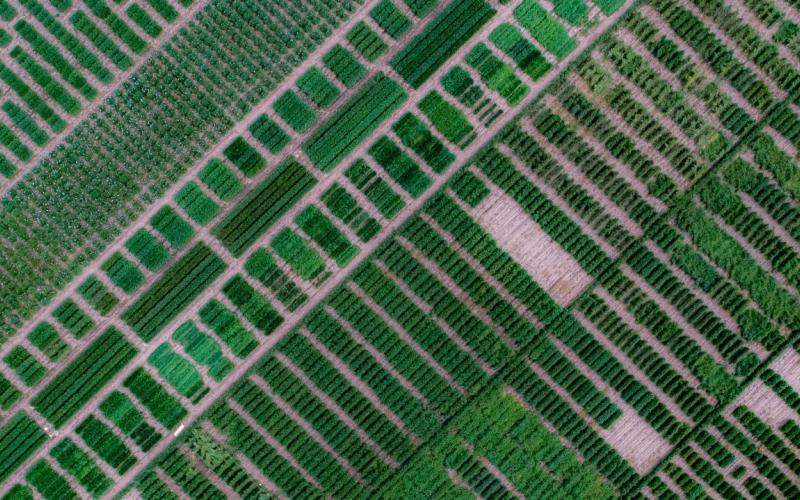Computer simulations are helping CGIAR breeders develop better varieties faster
- From
-
Published on
30.06.21
- Impact Area
-
Funders
Australia, Gates Foundation, Germany, United Kingdom, United States of America

In 2020, CGIAR crop breeders began using computer simulations to model the performance of their breeding programs up to 50 years in the future. This means that they have statistical evidence to show which decisions will have the greatest benefit for farmers years down the line.
How many unique plants must be grown, and how many crosses made? How and when should the best offspring be selected? Is it worth investing in technologies like genomic prediction or hybrid breeding? How can breeding be made faster without losing gains?
A group of experts brought together by CGIAR Excellence in Breeding are developing a library of answers to such questions using solid quantitative genetics principles coded in simulation software such as AlphaSim.
Related news
-

ICRISAT to Deliver World-Class Services as CGIAR’s Breeding Resources South Asia Hub
International Crops Research Institute for the Semi-Arid Tropics (ICRISAT)07.07.25-
Biodiversity
-
Food security
Strategic collaboration to scale innovation and deliver harmonized, high-quality support across CGIA…
Read more -
-

Shaping policy changes for a sustainable cropping system in Uttar Pradesh, India
International Rice Research Institute (IRRI)03.07.25-
Food security
by Dr. Proloy Deb and Dr. Swatantra Dubey The Central Plain region of Uttar Pradesh…
Read more -
-

KOICA, UPLB, IRRI Partnership Establishes a Genomic Powerhouse to Future-Proof Agriculture
International Rice Research Institute (IRRI)01.07.25-
Food security
LOS BAÑOS, Philippines (26 June 2026) — KOICA, UPLB, and IRRI came together to showcase…
Read more -
